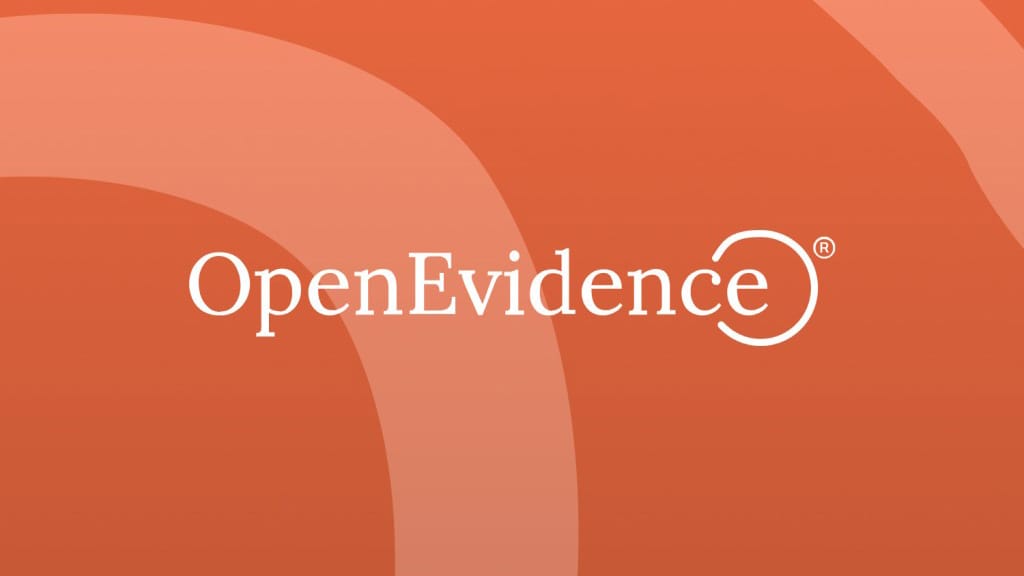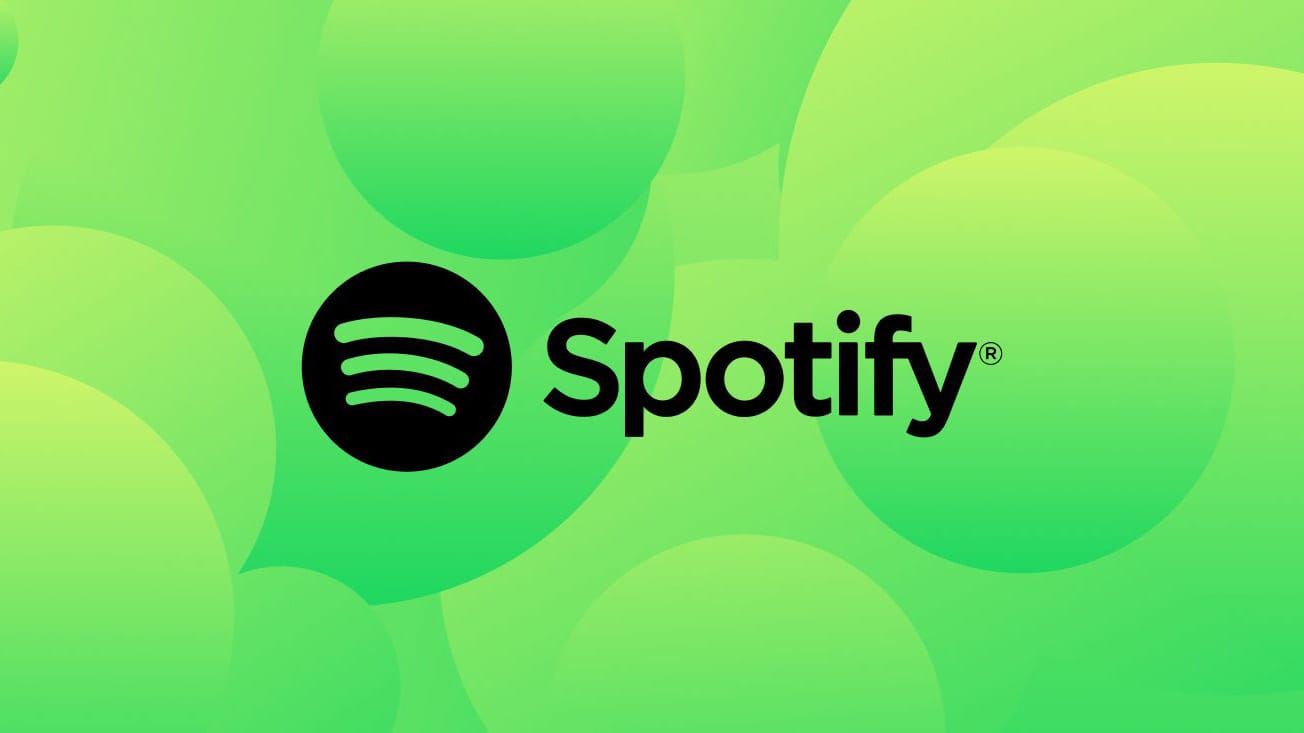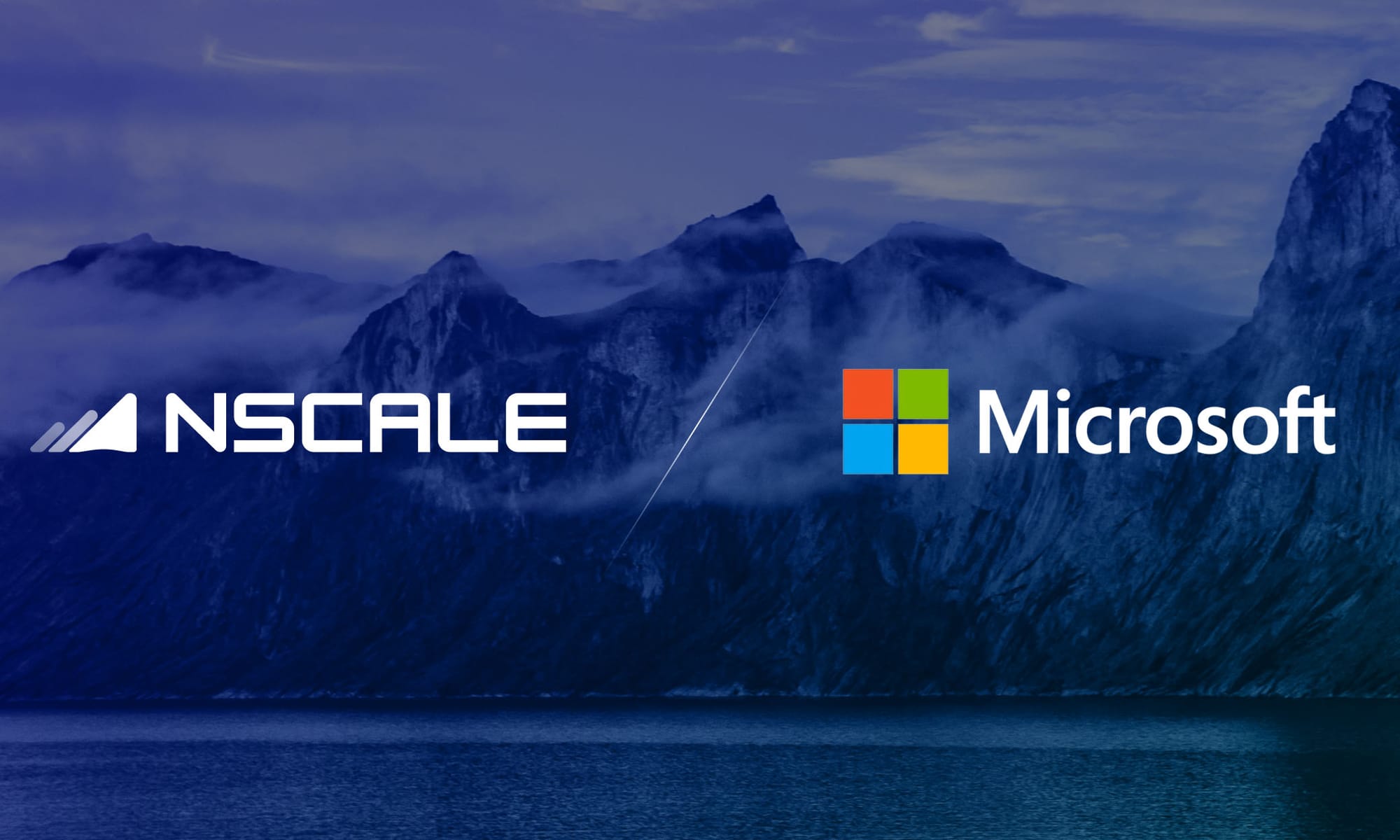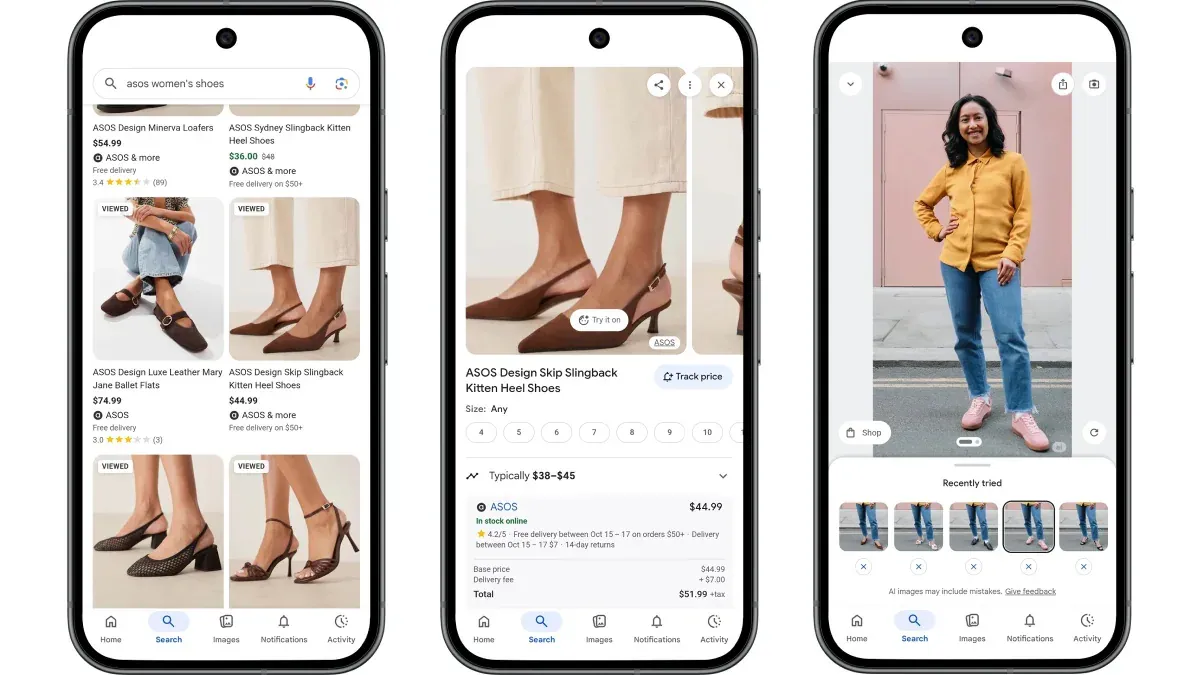Inside Gemini’s Viral June Surge
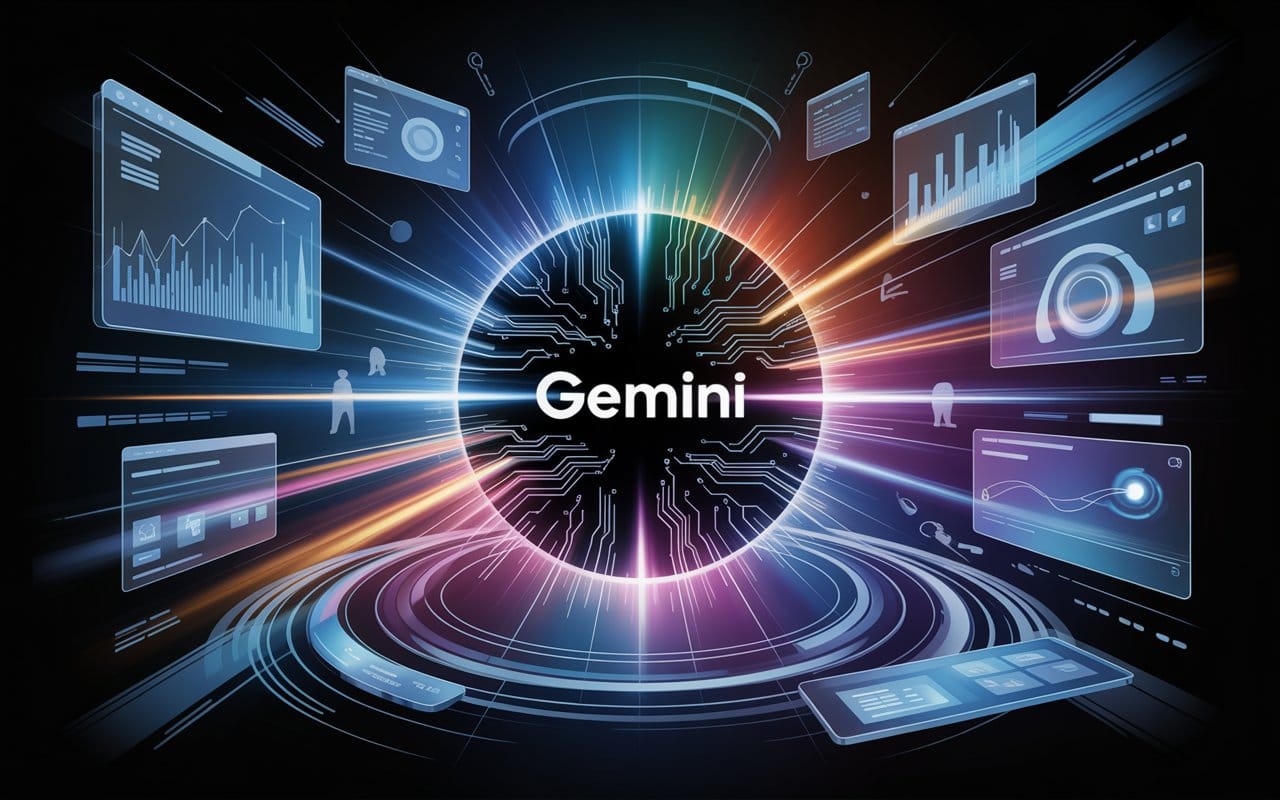
According to the AI Secret Top Growth Ranking Report – June 2025, Gemini—Google’s flagship AI platform—pulled off what can only be described as the digital equivalent of a rockstar stadium tour, adding over 120 million unique visitors in a single month. For perspective, that’s like the entire populations of France and Italy suddenly deciding to try the same AI, all at once. But unlike most viral sensations, Gemini’s surge wasn’t sparked by a one-off gimmick or headline-grabbing feature—it was the result of a meticulously executed growth strategy that fused technical breakthroughs, deep ecosystem integration, and a masterclass in developer evangelism.
The Strategic Rollout of Gemini 2.5: A Masterclass in Distribution
If there’s one thing Google knows, it’s how to launch at scale. The June 2025 surge owes much to the strategic deployment of Gemini 2.5, a model upgrade that wasn’t just an incremental bump but a leap in multimodal reasoning, latency reduction, and device compatibility. Think of it as the AI equivalent of going from dial-up to fiber optic overnight.
Gemini 2.5’s headline features—context windows exceeding 1 million tokens, real-time multimodal synthesis, and a drastic reduction in hallucination rates—weren’t just academic achievements. They directly addressed user pain points, making Gemini not only more powerful but more trustworthy and useful across a spectrum of tasks. The model’s ability to seamlessly process text, images, and even live video streams opened up new use cases, from real-time translation on Pixel devices to advanced code generation in Google Colab.
But here’s where the magic happened: Google didn’t treat Gemini 2.5 as a niche upgrade for power users. Instead, the rollout spanned the entire Googleverse—Pixel phones, Chromebooks, Workspace, Search, and even YouTube’s content moderation backend. The result was a tidal wave of exposure. According to internal metrics shared at Google I/O, over 70% of new Gemini sessions in June originated from non-traditional entry points—think voice queries on Android Auto, document summarization in Gmail, and even in-app support for third-party apps via the Gemini API.

